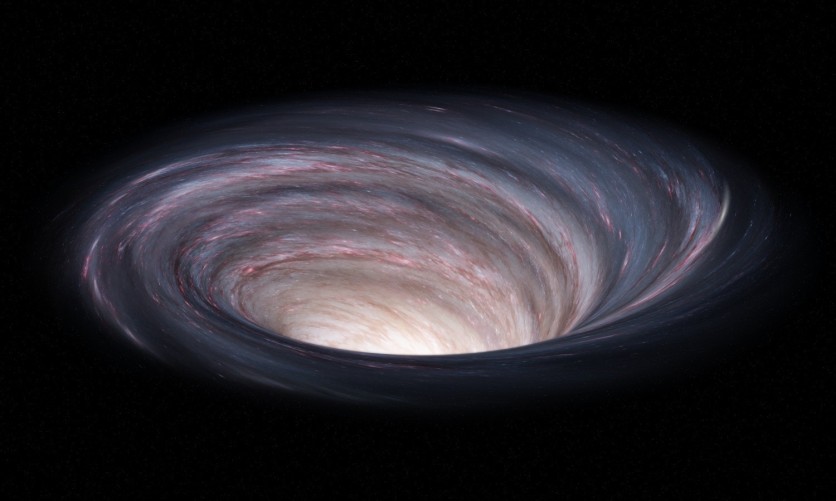The universe's most extreme objects are black holes. The centers of all giant galaxies are likely home to supermassive versions of these dense structures.
There are an estimated 100 million stellar-mass black holes in the Milky Way alone, which are significantly more prevalent and weigh five to one hundred times as much as the Sun. But only a few of them have been verified so far.
Now, the closest black hole to Earth has been named Gaia BH1 by astronomers using the Gemini North telescope on the island of Hawaii, one of the twin telescopes of the International Gemini Observatory, run by NSF's NOIRLab.
It is three times closer to Earth than the previous record-holder, an X-ray pair in the constellation of the Monoceros. This dormant black hole is around 10 times as big as the Sun and is situated about 1,600 light-years away in the constellation Ophiuchus.

Read also : NASA Detects Most Powerful Cosmic Gamma-Ray Burst, Signals the Beginning of a New Black Hole?
First Unambiguous Detection
The discovery was made possible through in-depth investigations of the movements of the black hole's companion, a star similar to the Sun that orbits the black hole at a distance equivalent to that of the Earth's orbit around the Sun.
"While there have been many claimed detections of systems like this, almost all these discoveries have subsequently been refuted. This is the first unambiguous detection of a Sun-like star in a wide orbit around a stellar-mass black hole in our Galaxy," Kareem El-Badry, an astrophysicist at the Center for Astrophysics | Harvard & Smithsonian, said in a press release statement.
Data from the Gaia spacecraft of the European Space Agency were initially examined by the researchers to determine the system's potential presence of a black hole. Gaia captured the minuscule deviations in the star's velocity brought on by a huge invisible object.
The Gaia measurements hinted that a black hole might be that tugger, but additional information was required to be sure of its existence. The Gemini North and Keck 1 telescopes in Hawaii, the Magellan Clay and MPG/ESO telescopes in Chile, and other ground-based telescopes were used to study the star.
The team was able to thoroughly assess the system thanks to these subsequent observations and the Gaia data. They found that the unknown object orbits the system's mass center once every 186 Earth days and has a mass of 10 suns.
Given Gaia BH1's mass, the star that exploded and gave rise to it must have been massive-at least 20 solar masses or more, according to the team. These giants balloon inflate enormously before passing away after only a few million years.
The new findings were made available online by the journal Monthly Notices of the Royal Astronomical Society on Friday, Nov. 4.
Related Article : Astronomers Raise 'Imminent' Collision of Two Supermassive Black Holes With Combined Mass of 200 Million Suns!
This article is owned by Tech Times
Written by Jace Dela Cruz
ⓒ 2025 TECHTIMES.com All rights reserved. Do not reproduce without permission.




